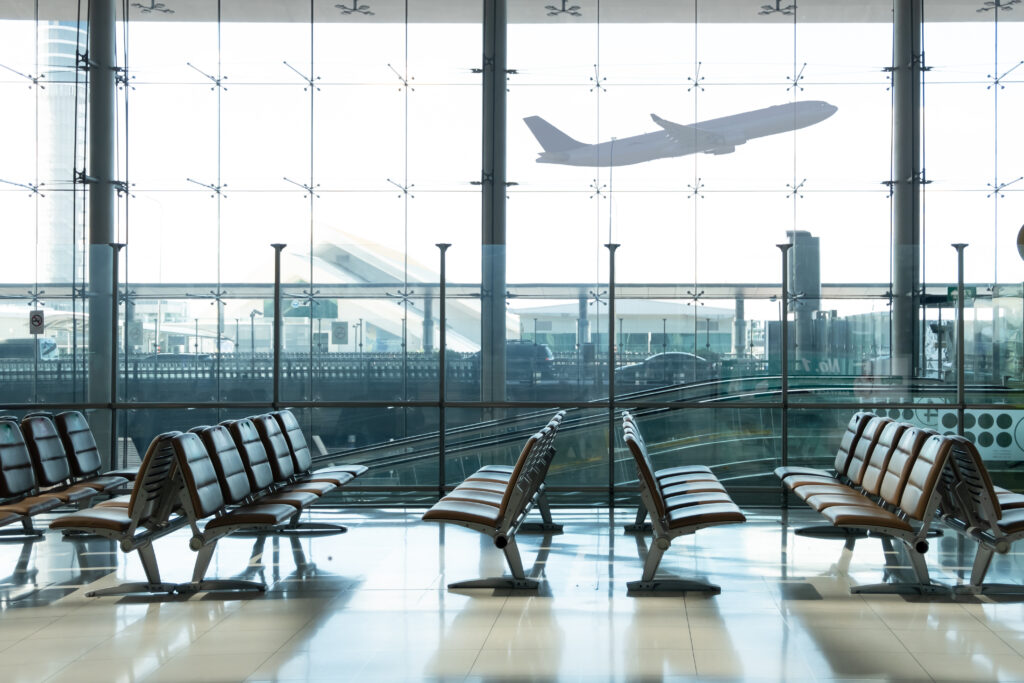This article was originally posted by Regional Gateway
The aviation industry is responsible for 12% of the world’s CO2 emissions, and to address this, trade bodies including the International Civil Aviation Organization (ICAO) and Airports Council International (ACI) World have pledged to achieve net zero CO2 emissions by 2050.
No matter how large or how small, every airport must be on board with realizing the role they have to play in achieving this industry target.
According to McKinsey, more than 36,000 airports are defined as regional air transport hubs, compared with 3,000 larger hubs globally. Regional hubs play a powerful economic role, not just for the communities they serve, but also for the wider aviation ecosystem.
Whether just starting their sustainability journey or already on a well-established path, every regional airport holds great potential for helping to decarbonize the industry.
The most important step on the sustainability journey is getting started.
Compiling a detailed analysis of current energy expenditure gives operators the picture required to find areas for reduction. Collecting this data is no small task, especially if it is being tracked manually. There is technology that can help streamline and automate the process, freeing up employees to work on airport improvement projects.
Where To Begin?
If the time has ever been right to make an investment into sustainability tools, then that time is now. The US Department of Transport’s Federal Aviation Administration (FAA) is looking to remove the cost barrier by offering incentives and grants to help airports hit zero emissions.
There are many potential energy wasters that can go unnoticed in airports because of their 24/7 nature. For example, airports have constant energy demands, with heating, ventilating, air conditioning (HVAC), and lighting systems running around the clock. In addition, doors are constantly being opened, which makes maintaining a steady indoor temperature a challenge. Then there is the energy required for the basic operations of moving people and baggage in and around the terminal.
Studies show that most airports are behind on infrastructure upgrades. With terminals responsible for almost 50% of an airport’s energy usage, modernizing these facilities can help significantly with reducing their carbon footprint in the longer term.
A recent report by ACI in 2023 suggests that in the US alone, airports require $151 billion in infrastructural upgrades. Updating these terminal infrastructures with modem technology for monitoring and automatically adjusting resource use can significantly help reduce waste and conserve energy.
Today’s technological advancements in energy monitoring and automation provide broad solutions for regional airports in terms of saving both time and money. Software using artificial intelligence (Al) offers improved ways for airport managers to identify and monitor how resources are allocated throughout a facility. These programs can pinpoint where energy use can be better managed or even proactively repair equipment before expensive breakdowns occur requiring costly repairs.
The Electric Revolution
Aiming for electrification throughout the facility to meet sustainability goals, including switching to electric vehicles for ground support staff and shuttles, has also had an impact.
For example, Dallas Fort Worth International Airport (DFW) in the US converted its buses to an electric fleet using a simulation-based optimization modeling framework to design optimal usage and charging sites throughout the complex. This program compiled real-time data that determined power usage within the system, battery capacity, the number of charging stations needed, and other factors to minimize costs and ensure reliable, energy-efficient transport. While DFW is one of the nation’s larger airports, the lessons learned here also apply to regional airports. Electrical master planning is integral to success, to make sure the new infrastructure is designed to meet increased demand and reduce the risk of power outages.
Similarly, at Milan Linate and Milan Malpensa Airport in Italy, the European Climate Infrastructure and Environment Executive Agency (CINEA) has agreed to finance the eMAGO project to provide on-apron electric power supply at the two Italian hubs. The project, which will last three years, will see the installation of Aircraft Ground Power Units on the aprons at both Linate and Malpensa, supplying power to the aircraft during parking and ground handling operations. Charging stations will also be set up for electric ground vehicles and 50% of Malpensa’s fleet of passenger buses have already been replaced with electrically powered models.

Innovation Hubs
The aviation industry has ambitious goals for energy conservation and net zero emissions. Emerging technologies can offer an innovative approach and ease the transition from manual to automated tracking, sharing, and forecasting of sustainability data.
There are great opportunities for improvement through infrastructure updates and technology integration. What’s more, because regional airports are working on a smaller scale with lower traffic volumes than their larger counterparts, they often have more flexibility to innovate when it comes to implementing sustainability initiatives. Regional airports are already essential to their communities from a socioeconomic perspective. Working towards net zero not only saves costs but positively affects the community by removing pressure from local energy grids and reducing pollution.
